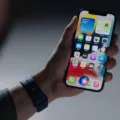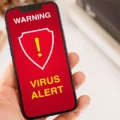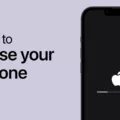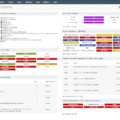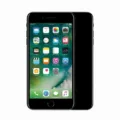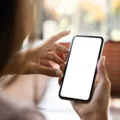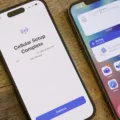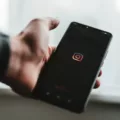With the increasing reliance on smartphones for various activities, such as banking, social media, and personal communication, the security of our devices has become a paramount concern. Among the most popular smartphones in the market, the iPhone stands out for its sleek design and robust operating system – iOS. But can an iPhone be hacked? Let’s explore the possibilities and find out how to protect yourself.
Remote Hacking: Is it Possible?
While it is technically possible to remotely hack an iPhone, it is highly unlikely to happen to the average user. Remote hacking involves exploiting vulnerabilities in the iOS operating system to gain unauthorized access to the device. However, this type of hacking is extremely complex and requires advanced programming skills, expensive software, and specialized techniques. As a result, remote hacking is typically reserved for high-value targets, such as government agencies or large corporations.
Malicious Software: A More Common Threat
A more common way for an iPhone to be hacked is through the installation of malicious software, often referred to as malware. Malware can be disguised as legitimate apps or websites, and once installed on your device, it can silently steal your personal information, such as passwords and credit card details. Malware can also track your online activities, compromise your privacy, and even control your device remotely.
Physical Access: The Easiest Route
Perhaps the easiest way for an iPhone to be hacked is through physical access to the device. If an attacker gains physical possession of your iPhone, they can install malicious software, access your personal data, and even bypass your security measures. Therefore, it is crucial to keep your iPhone secure and never leave it unattended in public places.
Detecting and Protecting Against Hacks
So, how can you determine if your iPhone has been hacked? Unfortunately, there are limited options for running malware scans on iOS devices, as Apple’s operating system restricts access to certain areas where malware typically hides. This means that antivirus apps for iOS are not as effective as their counterparts on other platforms.
However, there are some signs that may indicate a hacked iPhone. These include unexpected battery drain, unusual data usage, slow performance, unresponsive apps, and unfamiliar apps appearing on your device. If you notice any of these signs, it is advisable to seek professional assistance to determine if your iPhone has been compromised.
To protect your iPhone from hacks, there are several steps you can take. Firstly, ensure that your iPhone’s operating system is up to date, as Apple regularly releases security patches to address vulnerabilities. Additionally, only download apps from trusted sources, such as the Apple App Store, and be cautious when clicking on links or opening attachments from unknown sources.
Furthermore, enable two-factor authentication for your Apple ID, which adds an extra layer of security to your device. This will require you to verify your identity using a second factor, such as a text message or fingerprint, when accessing your account from a new device.
While it is technically possible to remotely hack an iPhone, the likelihood of it happening to the average user is very low. The more common threats come from malicious software and physical access to the device. By staying vigilant, keeping your iPhone updated, and following security best practices, you can significantly reduce the risk of your iPhone being hacked.
Can An iPhone Be Hacked Remotely?
An iPhone can be hacked remotely. Remote hacking refers to the act of gaining unauthorized access to an iPhone’s system or data without physical contact with the device. However, it is important to note that remote hacking of an iPhone is not as common or easy as other methods such as exploiting software vulnerabilities or gaining physical access to the device.
There are several ways in which an iPhone can be hacked remotely:
1. Exploiting iOS vulnerabilities: Hackers can exploit vulnerabilities in the iOS operating system to gain remote access to an iPhone. These vulnerabilities could be present in the software code and can be exploited by sending malicious code or exploiting security loopholes in the system.
2. Malicious software: Hackers can develop and distribute malicious software (malware) that can be installed on an iPhone remotely. This can be done through various means such as tricking the user into downloading a malicious app or clicking on a malicious link that installs the malware on the device. Once installed, the malware can grant the hacker remote access to the iPhone.
3. Phishing attacks: Phishing attacks involve tricking users into providing their login credentials or other sensitive information by posing as a legitimate entity. Hackers can send phishing emails or messages that appear to be from trusted sources, such as Apple or a popular app, to deceive users into revealing their login information. With this information, hackers can gain remote access to the iPhone and its data.
It is worth mentioning that remote hacking of an iPhone is generally more difficult than other methods, as it often requires a high level of technical expertise and knowledge of iOS vulnerabilities. Additionally, Apple regularly releases security updates and patches to address any identified vulnerabilities, making it harder for hackers to exploit them.
To protect against remote hacking, it is important for iPhone users to keep their devices updated with the latest software and security patches. They should also exercise caution when downloading apps or clicking on links, especially from unknown or suspicious sources. Using strong, unique passwords and enabling two-factor authentication can also add an extra layer of security to prevent remote hacking attempts.
While it is possible to hack an iPhone remotely, it is not as common or easy as other methods. Users can mitigate the risk of remote hacking by keeping their devices updated, being cautious of malicious software or links, and using strong security measures such as two-factor authentication.
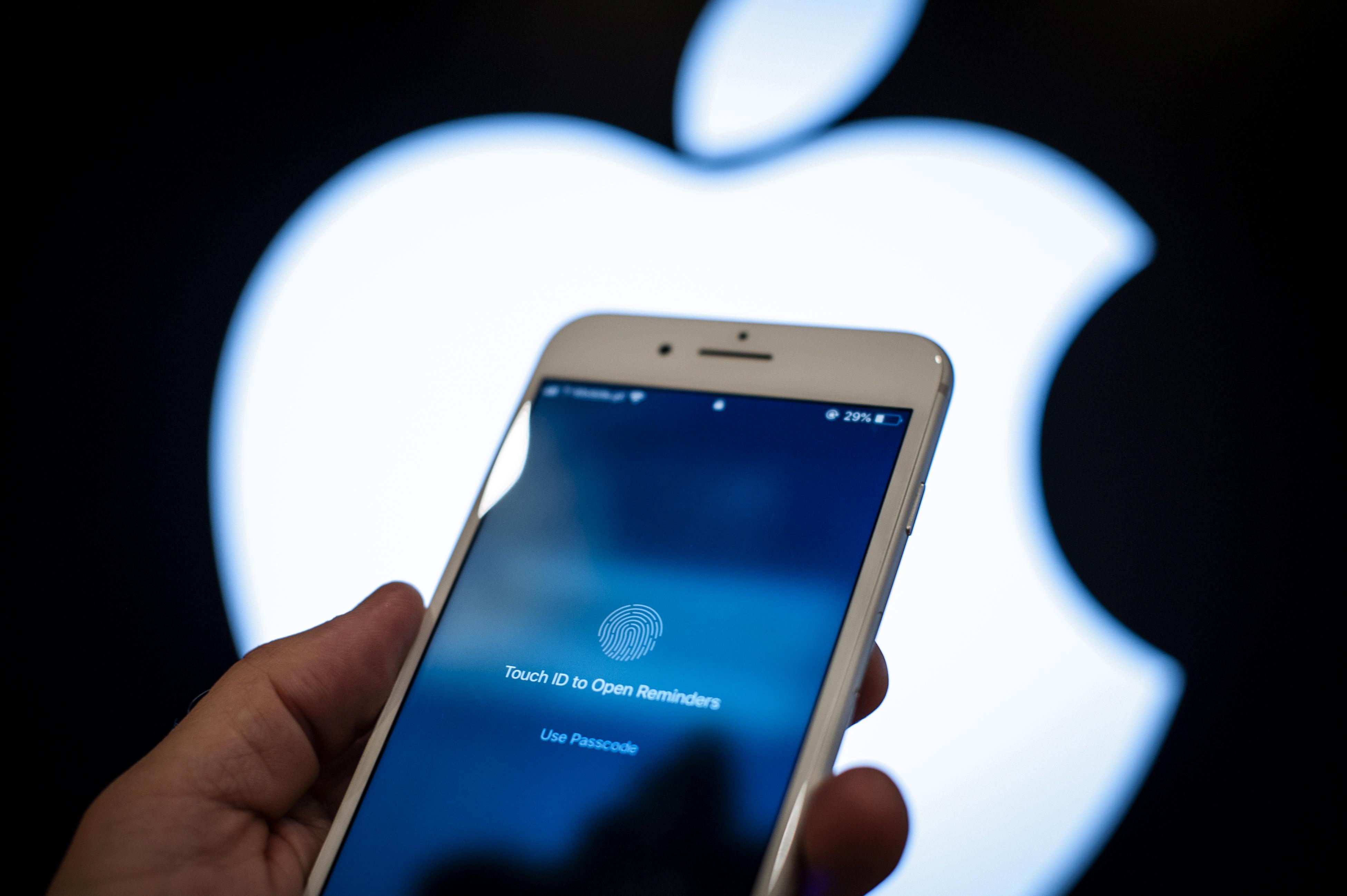
Can You Tell If Your iPhone Has Been Hacked?
Determining whether your iPhone has been hacked can be a complex process, but there are some signs you can look out for. Here are some indicators that your iPhone may have been compromised:
1. Battery Drain: If your iPhone’s battery is draining unusually fast, it could be a sign of malware running in the background.
2. Slow Performance: If your iPhone is suddenly slow and laggy, it could be due to malware consuming system resources.
3. Data Usage: Unexpectedly high data usage could indicate that malware is sending information from your iPhone to a remote server.
4. Unusual App Behavior: If apps on your iPhone start crashing frequently or behaving erratically, it could be a sign of malware interference.
5. Strange Pop-ups and Ads: If you notice an increase in unwanted pop-up ads or strange notifications, it could be a result of malware.
6. Unauthorized Access: If you receive notifications about failed login attempts or notice unfamiliar accounts logged into your iPhone, it could indicate a hack.
7. Unexplained Charges: If you notice unexpected charges on your phone bill, it could be a sign that your iPhone has been compromised.
8. Disabled Security Features: If your iPhone’s security features, such as Touch ID or Face ID, suddenly stop working, it could be due to a hack.
9. Random Reboots: If your iPhone restarts randomly without any apparent reason, it could indicate a hack.
10. Unrecognized Apps: Check your iPhone for any unfamiliar apps that you did not install. These could be malicious apps installed by hackers.
If you suspect that your iPhone has been hacked, it’s important to take immediate action to protect your device and data. Here are some steps you can take:
1. Update Software: Make sure your iPhone’s operating system and all apps are up to date, as updates often include security patches.
2. Remove Suspicious Apps: Delete any unfamiliar or suspicious apps from your iPhone.
3. Change Passwords: Update the passwords for your Apple ID and any other accounts linked to your iPhone.
4. Enable Two-Factor Authentication: Enable two-factor authentication for your Apple ID and any other accounts that support it.
5. Reset Network Settings: Resetting your network settings can help remove any malicious configurations.
6. Factory Reset: As a last resort, you can perform a factory reset on your iPhone to wipe all data and start afresh. However, make sure to back up your important data before doing so.
If you’re concerned about the security of your iPhone or suspect a hack, it’s always a good idea to seek assistance from Apple Support or a professional cybersecurity expert. They can provide guidance and help you resolve the issue effectively.
Can Someone Access Your iPhone From Another Device?
It is possible for someone to access your iPhone from another device, but there are several conditions that need to be met for this to happen. Here is a detailed explanation:
1. Physical access: In order for someone to access your iPhone remotely, they would typically need physical access to your device at some point. This could be through theft or by borrowing your phone temporarily. Once they have physical access, they can install software or make changes to your settings that allow for remote access.
2. Software vulnerabilities: If your iPhone has software vulnerabilities or security flaws, it may be easier for someone to remotely access it. However, Apple regularly releases software updates that address these vulnerabilities, so keeping your iPhone updated with the latest software version is crucial to minimize the risk.
3. Malicious apps or links: Another way someone can gain access to your iPhone remotely is by tricking you into downloading a malicious app or clicking on a harmful link. These apps or links may contain malware that can exploit vulnerabilities in your device’s security and grant unauthorized access.
4. Advanced hacking techniques: Remote access to an iPhone often requires advanced hacking techniques that are typically used by skilled hackers or state-sponsored groups. These techniques involve exploiting zero-day vulnerabilities, which are previously unknown security flaws that have not been patched by Apple.
5. High-value targets: It’s important to note that the average iPhone user is unlikely to be targeted for remote access. These types of attacks are typically aimed at high-value targets, such as government officials, corporate executives, or individuals with sensitive or valuable information.
To protect your iPhone from remote access, it is recommended to follow these precautions:
– Keep your iPhone updated with the latest software version.
– Avoid downloading apps or clicking on links from untrusted sources.
– Use strong, unique passwords for your iPhone and online accounts.
– Enable two-factor authentication for added security.
– Be cautious when lending your device to others or leaving it unattended.
By taking these precautions, you can minimize the risk of someone accessing your iPhone remotely.
Conclusion
The possibility of remotely hacking an iPhone exists, but it is important to note that it is highly unlikely for the average user. While iOS vulnerabilities can be exploited, the complexity and cost involved in programming-based hacking make it a more difficult method to carry out. Instead, the most common ways an iPhone may be hacked is through malicious software or physical access to the device.
To determine if your iPhone has been hacked, it is recommended to run a malware scan. However, it is worth noting that antivirus apps for iOS have limited capabilities due to Apple’s operating system restrictions. This makes it more challenging for these apps to access the areas where malware typically hides.
It is crucial for users to exercise caution and take preventive measures to protect their iPhones from potential attacks. This includes regularly updating the device’s software, being vigilant when downloading apps or clicking on suspicious links, and using strong and unique passwords for accounts.
While the possibility of remote iPhone hacking does exist, it is primarily a concern for high-value targets due to the expensive software and specialized techniques required. For the average user, remaining vigilant and implementing security best practices greatly reduces the risk of falling victim to such attacks.

